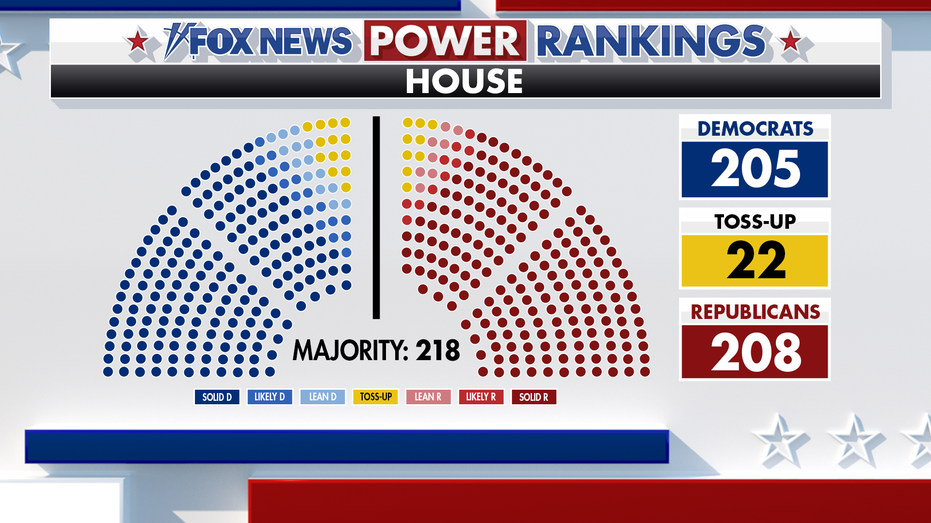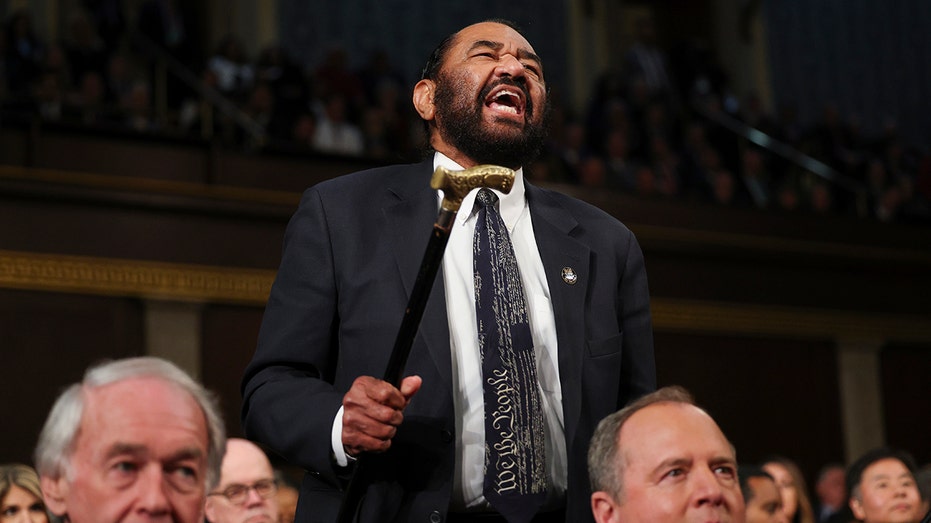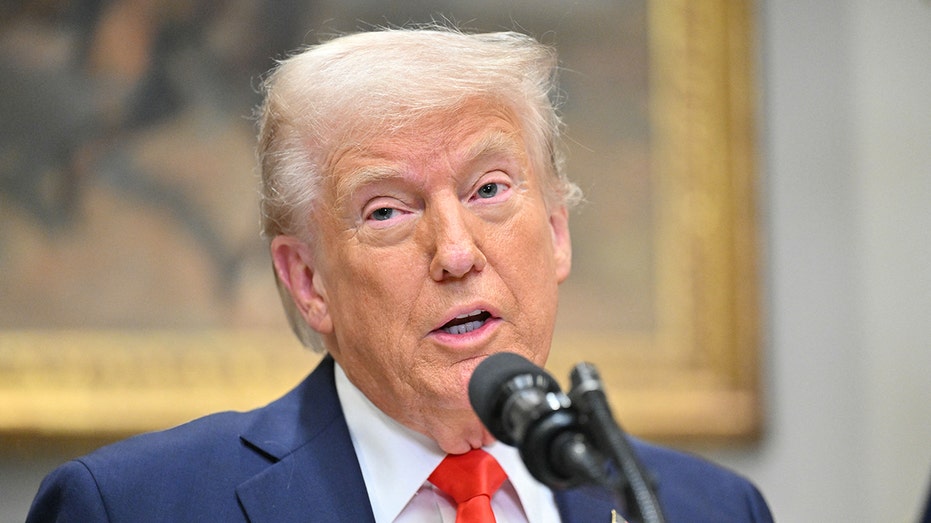Election night is two weeks away. As Vice President Harris and former President Trump dash to the finish line, this week’s forecast looks at their outreach efforts and the latest evidence of a smaller divide between national and state polling.
Plus, rankings changes in six competitive House districts.
Last week’s Power Rankings showed that both parties’ coalitions have changed meaningfully since 2020.
For Democrats, the chief concern is that Harris still has fewer Black voters in her corner than President Biden.
To help fix that problem, the campaign dispatched its strongest surrogate, former President Obama, to Arizona and Nevada, and Harris spent an hour with Charlamagne Tha God to talk about policy, race, and religion.
The Vice President also went head-to-head with Fox News’ Bret Baier, part of an effort by her campaign to frame the candidate as tough and pragmatic. It was Harris’ highest-profile interview yet, but it will take another week before the effects show up in polls.
Meanwhile, Trump’s coalition has fewer women than in the last election, so the former President participated in a town hall with Fox News’ Harris Faulkner and an all-female audience.
Trump also continues to search for young and working-class voters. His appearance at a local McDonald’s in Pennsylvania produced some compelling imagery and was designed to paint Trump as an energetic and likable candidate.
FOX NEWS POWER RANKINGS: HARRIS LOSES HER LEAD AND A NEW ELECTORATE EMERGES
Right-wing voters with reservations about Trump could also make the difference on election night.
That is why Harris spent the beginning of the week with Republican former congresswoman Liz Cheney, who urged conservatives to vote for the Democratic ticket this year. It also explains why there are rumblings about Nikki Haley joining Trump on the campaign trail.
Two polls of the national popular vote released last week show a uniquely tight race. Suffolk has Harris one point ahead of Trump at 50% to 49%; the Fox News Poll has Trump up by two, with the former president at 50% and Harris at 48%.
Results like that should make this Trump’s race to lose.
In 2020, Biden won the national vote by 4.5 points (51%-47%). That translated to very thin margins of victory in the battleground states. The president won Georgia, for example, by 0.2 points, and his largest victory in any battleground was by 2.8 points in Michigan.
Close national polls should therefore put Trump in the lead in the battlegrounds. But the statewide polls are close too.
A new set of polls show Harris ahead by 2-4 points in Michigan, Pennsylvania, Wisconsin and Georgia, a tied race in Nevada, and Trump ahead by 3 in Arizona and North Carolina (Washington Post/Schar).
The Power Rankings call all those states toss-ups.
Last week, the same Fox poll that put Trump ahead by two points nationally had Harris up six points among voters who live in the battleground states (52%-46%, with a 6.5-point subgroup margin of error).
Trump’s advantage primarily came from a larger share in counties he won by more than 10 points in 2020 (64-35%) than Harris had in counties Biden won by more than 10 points (58-39%).
A TRUMP MYSTERY MAKES ELECTION OUTCOME EVEN MURKIER
The results suggest that Trump could be banking “inefficient vote.” In other words, while the former president is performing better nationally than he was four years ago, the gains are concentrated in places he is already winning, like Florida, or rural counties.
While Harris may have lost some ground in safe Democratic states like New York, she remains competitive in the battlegrounds that decide the presidential election.
Other polls have raised the same question, but the most compelling evidence comes from the midterms.
Republicans received about 3 million more votes than Democrats in the national House vote (Cook), but eked out a balance of power win, with 222 seats to Democrats’ 213.
Put another way, the GOP banked a lot of votes in areas where it didn’t need them, and just enough in the battleground House races that would give them victory (a problem that has plagued the Democrats in the national vote for years).
The polls are all within the margin of error, and this is just one theory about the direction of the race. But on election night, a Trump blowout in Florida or a narrower spread in Virginia may not mean the race is over.
The House is still a toss-up, with 208 seats in the Republican columns, 205 for the Democrats, and 22 districts that could go either way.
In today’s forecast, six races move to new categories:
First, New York’s 17th district, in the Hudson Valley, is home to one of the most competitive races on the map. Incumbent GOP Rep. Mike Lawler has a strong bipartisan brand in a centrist district. While Democratic challenger and former Rep. Mondaire Jones has tried to head in the same direction, he’s still dogged by his previous support for defunding the police and a spat with the Working Families Party (Jones will not appear on the ballot under that party’s name, though the party is now telling voters to support him anyway). This race moves from Toss Up to Lean R.
New York’s 1st district, home to both the Hamptons and rural farmland on Long Island, remains a competitive race between Republican Rep. Nick LaLota and the Democrat, former CNN anchor John Avlon. But the majority of this district’s voters backed Trump in 2020 and 2016, and Avlon has faced questions over the extent of his residency in the district. The race moves from Lean R to Likely R.
In the battleground Rust Belt states, a pair of districts held by pro-Trump Republicans have become even more competitive. First, Wisconsin’s 3rd district flipped to Rep. Derrick Van Orden in the midterms by a tight margin. The incumbent’s presence at the U.S. Capitol during the January 6 riots is a theme in his opponent’s ads. This race moves from Likely R to Lean R.
Meanwhile, Pennsylvania’s 10th district has been held by Freedom Caucus Rep. Scott Perry since 2013. Perry is the only sitting member of Congress whose cellphone was seized by the FBI in its investigation into efforts to illegally overturn the results of the 2020 presidential election, and that has also become a theme in television ads. It moves from Lean R to Toss Up.
Nevada’s 3rd district is still the best opportunity for Republicans to flip a seat in the Silver State, but a hotly competitive presidential race hasn’t so far translated into downballot success, particularly in the Senate race. This district almost touches Las Vegas, and includes Henderson. That’s favorable territory for Democratic Rep. Susie Lee in this Biden-majority district. She faces Republican Drew Johnson. It moves from Lean D to Likely D.
Finally, a sleeper race to watch in the northeast: Maryland’s 6th district, where Democrat April McClain Delaney faces Republican Neil Parrott. This should be safe territory for the left, but the party is investing here, and even made it part of one of its frontline programs. It moves from Solid D to Likely D.
As an anxious electorate counts down to election night, the political class is filling the void with data. Some numbers are more useful than others.
Harris dominates in fundraising and the ground game. Her campaign raised more than $1 billion this quarter and more than double what Trump raised in the last month, and Democrats have a much stronger get-out-the-vote operation. These are important advantages. In a tight race, they may get Harris over the line. On the other hand, Trump has won with deficits in both areas.
Comparing early vote figures to previous cycles is generally unhelpful. We expect fewer Americans to vote early, Democrats and Republicans are less likely to be divided on how they cast ballots, and breakdowns tell us the party registration of some voters, not how they voted.
Finally, since internal polls survey the same electorate as any other poll, they’re unlikely to produce a clearly different result. When they do, people should question whether the poll is an outlier, or whether the campaign that paid for the poll has a motive to characterize the race differently.
Early voting is underway in every state, with more than fifteen million voters now casting a ballot.
Next week, check back for the final Power Rankings forecast.
Latest Political News on Fox News Read More




